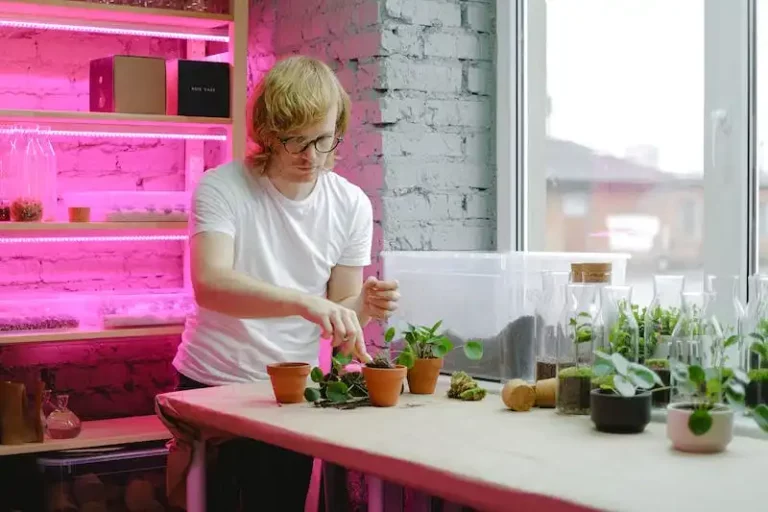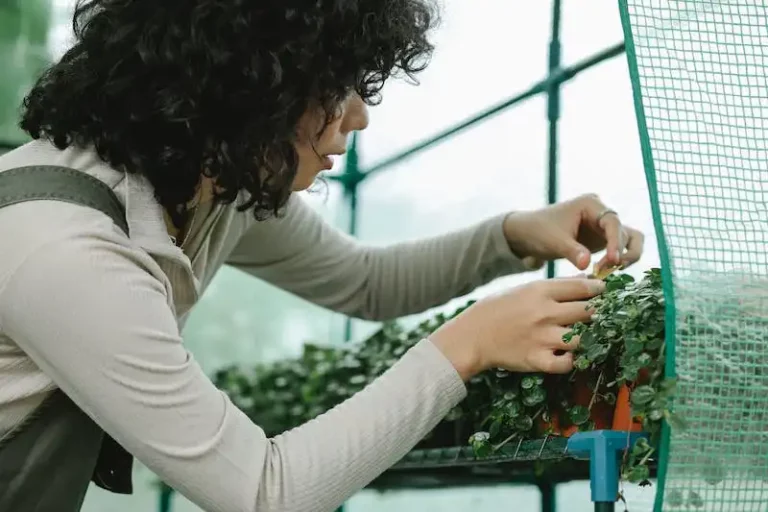In the midst of a cold winter, there is something comforting about a small feathered creature finding shelter in your own yard. As you sit by the fire, you may catch a glimpse of a kestrel or a wooden birdhouse. These simple pieces of equipment are a commitment to the birds that grace your open gardens, a place where they can find sanctuary from the harsh seasons.
When should you start thinking about constructing a birdhouse for yourself? The answer is simple: autumn. As the temperatures drop, birds begin searching for safe and warm spots to build their nests. By providing them with a secure and cozy space, you not only offer protection, but also the opportunity to observe these magnificent creatures up close.
Choosing the right birdhouse is crucial. Different bird species have different preferences when it comes to sizes and dimensions. For example, mallards prefer open nests while bullhead birds prefer protected cavities. Educator’s guide is a great resource to determine which birdhouse is suitable for a specific species.
When it comes to building a birdhouse, you have a variety of options. Swedish log birdhouses and planter birdhouses are just a few examples of the alternative designs you can try. The most important thing is to make sure that the entry holes are fixed and sized correctly to prevent unwanted visitors.
RSPB, a UK-based bird conservation organization, offers some useful tips on nesting box construction. For example, they recommend using thick wooden materials to provide insulation and protect the birds from harsh weather conditions. Additionally, they suggest placing the birdhouse in a location where it is not easily accessible to predators.
So why not take up the challenge of building your very own birdhouse this winter? It is a rewarding experience that allows you to connect with nature and provide a safe haven for our feathered friends. With the right tools and materials, you can create a beautiful piece of outdoor DIY decoration that not only looks great, but also benefits birds in your area.
Remember, though, that creating a space for birds is not just limited to the winter months. Birds need nesting sites throughout the seasons, and by offering a variety of birdhouses, you can attract a diverse range of species to your yard.
Whether you are an experienced woodworker or a beginner, building a birdhouse is a fun and educational project. So go ahead, open yourself up to the wonders of birdwatching and craft a birdhouse that will not only provide shelter, but also make a stylish addition to your backyard.
Educator’s Guide to Nest Boxes
If you are an educator who wants to teach your students more about birds and their habitats, building and installing nest boxes in outdoor spaces is a great means to do so. Nest boxes provide a safe chamber for birds to build their nests and lay eggs. They also offer easy access for birdwatching and observation. For example, when you mount a nest box in a suitable location in your garden, you can watch as wrens or other birds make themselves at home in the box throughout the seasons.
If you’re interested in building your own nest boxes, DIY options abound. One example is the Swedish nest box, which is open in nature and simple in design. The dimensions are suitable for small birds such as wrens. To build a Swedish nest box, all you need is a piece of wood, proper materials, and a commitment to the birds.
When building a nest box for garden birds, it’s important to consider the size and location. For example, a nest box suitable for blue tits or wrens should have a hole of approximately 25mm in diameter. The box should be mounted on a tree trunk or a garden wall, about 2-4 meters off the ground. It’s best to face the entrance hole away from prevailing winds, rain, and direct sunlight. This will help protect the box and its inhabitants from the elements.
For other bird species, such as kestrels or mallards, different nest box designs may be better suited. It’s important to research what specific birds are likely to use nest boxes in your area and tailor your design accordingly. Local wildlife organizations or birdwatching societies can provide valuable information and tips.
When installing a nest box, make sure it is secure and stable. Consider using screws or nails to attach it to a tree or wall. Ensure that the box is level and provide an easy entry for the birds. You can also add some linseed oil or a thick layer of linseed paint to the interior walls to make them more appealing to nesting birds.
In Ireland, for example, where there is limited natural nest site availability, nest boxes play a vital role in supporting bird populations. By building and installing nest boxes, you can contribute to the conservation of bird species in your area.
So, whether you are an educator or just a bird enthusiast, consider building and installing nest boxes. It’s a rewarding and educational activity that can bring you closer to nature and help support our feathered friends.
First things first: What species do you want to attract?
When it comes to making a birdhouse, the first step is to decide what type of bird you want to attract. Different bird species have different preferences, so it’s important to choose the right design and size for the birds you hope to see in your garden.
If you have a specific species in mind, research their breeding habits, preferred habitat, and nesting requirements. For example, cavity-nesting birds like bluebirds and chickadees prefer a small entrance hole, while larger birds like woodpeckers may need a larger cavity. The Royal Society for the Protection of Birds (RSPB) and National Audubon Society provide helpful resources and guides on attracting specific bird species.
Once you’ve chosen your target bird species, you can start planning for the birdhouse. Consider the following factors:
- Location: Decide where you’ll install the birdhouse. Some birds prefer open yards, while others prefer the protection of trees or shrubs.
- Size and design: Choose a birdhouse that suits the needs of your target species. The size of the entrance hole, the dimensions of the nesting chamber, and the overall design can make a big difference.
- Materials: Birdhouses can be made from various materials, including wood, plastic, or even recycled items. Natural materials like wood are most commonly used as they provide insulation and a more authentic look.
- Cleaning and maintenance: Birdhouses need regular cleaning to prevent the spread of disease. Make sure you can easily access the birdhouse for cleaning, either by having a removable base or a hinged roof.
- Protection against predators: Install the birdhouse in a location that is protected from predators like cats or raccoons. Including features like predator guards or baffles can help keep the eggs and chicks safe.
By considering these factors during the preparation and installation of your birdhouse, you can increase the likelihood of attracting your target bird species and provide them with a safe and comfortable nesting environment.
Location Location Location
When it comes to bird nesting boxes, the location is key. Here are some tips on how to choose the right location and create a suitable environment for the birds:
- Use a Swedish kestrel box. These boxes are specifically designed to attract kestrels, and they offer the perfect size and shape for them to feel comfortable and safe in.
- For cleaning purposes, choose a box with a hinged lid or a removable panel. This will make it easier for you to access the nest without causing any disturbance.
- Planter boxes can be a great choice for mounting bird nesting boxes. They provide a safe and elevated space that is perfect for birds to build their nests.
- Consider the target bird species when selecting a location. Different birds have different preferences, so it’s important to do some research and find out what kind of environment they prefer.
- To protect the birds from predators, mount the nesting box at a height of at least 6 feet. This will make it more difficult for predators to reach the nest.
- In preparation for the nesting season, make sure the nesting box is clean and free from any unwanted material.
During the summer months, birds may need some shade to keep cool. Hang the nesting box in an area that provides some shade, such as under a tree or in a sheltered spot.
- Use proper tools and safety equipment when constructing or hanging a nesting box. This will ensure your safety and the safety of the birds.
- In winter, birds need protection from the cold. Choose a location that is sheltered from strong winds and provides some insulation against the cold.
- Keep in mind that birds can be picky when it comes to choosing a nesting box. Provide them with plenty of options and let them choose the box that suits them best.
If you are unsure about where to place the nesting box in your garden, you can use an educator’s guide or consult a birdwatching organization like the RSPB for more information and tips specific to your region.
Remember, the location of the nesting box can greatly impact the birds’ nesting success and overall well-being, so take the time to pick the right spot.
Happy birdwatching!

